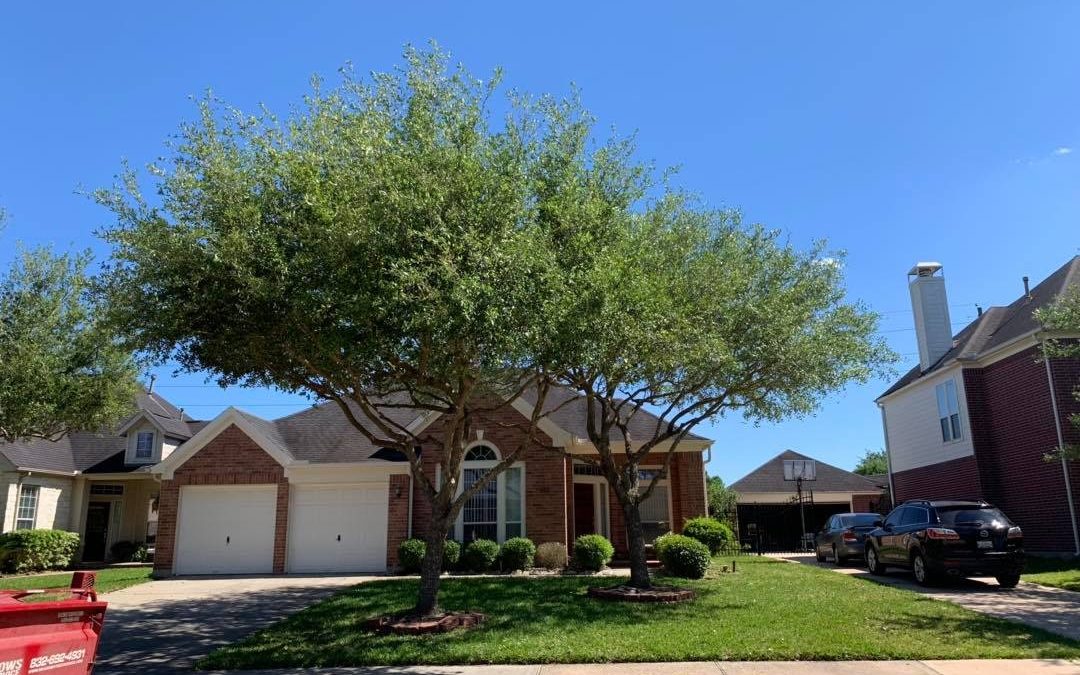Fall fertilization can seem like a mystifying task, with many conflicting opinions out there on the best way to go about it. If you need some professional insight, Meadows Tree Service can help.
We have over three decades of experience in tree care, and we’re happy to share our knowledge with you. Here are a few tips to get you started.
Not All Trees Need Fall Fertilization
Inspect your trees closely. If they look healthy, you probably don’t need to fertilize them. Excessive nutrients can actually harm your plants and the environment, so it’s better to be on the safe side.
Only consider fertilizing when you notice these symptoms during the growing season:
- Leaves changing color early
- Small, wilted leaves
- Excessive branch dieback
What Type of Lawn Do You Have?
We also recommend autumn fertilization if the landscape surrounding your tree actively grows during the fall. Cool season lawns like bluegrass and fescue compete with your tree for nutrients, so you should always fertilize to prevent nutrient deficits.
What Type of Fertilizer Should You Use?
The tree species, soil conditions, and surrounding plants affect what kind of fertilizer you should use. You can also schedule a tree service in Fulshear, TX, by Meadows Tree Service to get a professional opinion.
Most trees generally prefer one to three pounds of slow-release nitrogen source per 1,000 square feet. Mulching is also beneficial, as it helps the fertilizer seep into the root zone and reduces evaporation.
Invest in a Soil Test
You can also have your soil tested to get a full breakdown of its components. Most local county extension offices offer this service, or you can hire a professional. This will give you a more targeted approach to fall fertilization and help you avoid using too much or too little of a certain nutrient.
Do It in the Late Fall
Late autumn is the best time to fertilize—after the leaves drop but before the ground freezes. If you do it in late summer or early fall, the temperatures will be warm enough for most trees to grow foliage. The resulting branches will be softer and more susceptible to winter damage.
When you fertilize in late fall, the tree will use the nutrients for root growth instead. This practice will help the specimen develop a deeper, longer-lasting root system that can better withstand droughts, pests, and other stressors. The tree will also store the excess nutrients and use them once spring arrives.
Partner with the Most Trusted Arborists in Fulshear, TX
Meadows Tree Service offers a wide range of tree care services, including deep root fertilization. We will visit your property, assess your trees, and recommend the best fall fertilization treatment. Contact us at 832-692-4931 to discuss your needs today!
We also encourage you to visit our blog and discover the reasons for cutting off dead branches, the benefits of stump grinding, and more. Our experts frequently add new content to help you better understand and care for the trees on your property.

